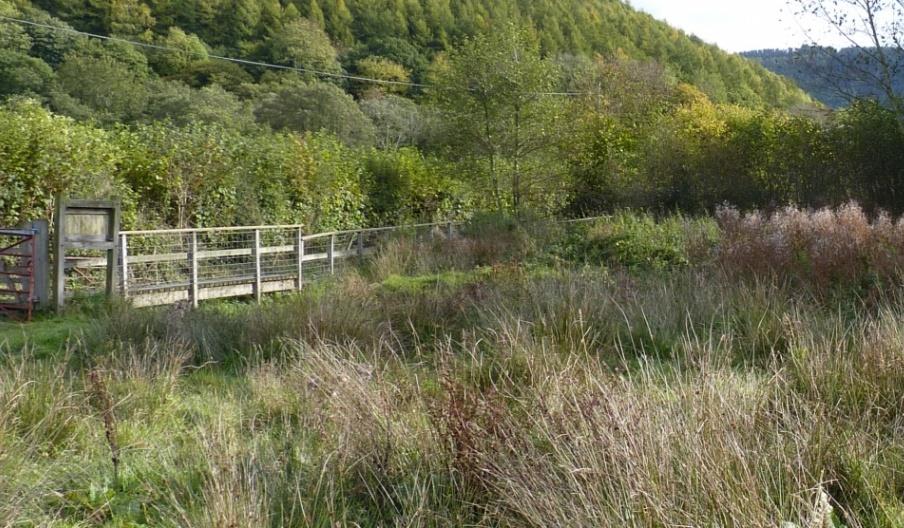
Book Tickets Online
About
Dominating the eastern side of the Burfa Bog reserve is a motte and bailey castle dating from around the early twelfth century. The large mound (`tump') is kept clear of vegetation. The remainder of the 9.5ha (23 acre) reserve comprises a mosaic of wet and dry grasslands and streamside Alder woodland. Today the Burfa Bog reserve is managed by light cattle grazing and occasionally hay cutting, and by rotational coppicing of some areas of Alder.
The freehold was purchased by the Hereford and Radnor Nature Trust in 1982 and transferred to Radnorshire Wildlife Trust in 1987. The reserve is designated as a Site of Special Scientific Interest, principally for its high botanical interest. This reserve contains livestock for much of the year, so please no dogs. This will also help protect the ground nesting birds from unnecessary disturbance.
The site lies on the banks of the Knobley Brook, and three smaller streams bisect the reserve. In winter about half of the reserve is waterlogged. The streamside woodland dominates, and has two distinct types, with open, wet, coppiced Alder woodland spreading into diffuse marshy areas, and more mature alder with a closed canopy.
The ground flora varies from mesotrophic marsh communities with Marsh Marigold, Meadowsweet, Cuckoo Flower, Ragged Robin and Lesser Spearwort, to fen communities dominated by Lesser Pond-sedge. Water Whorlgrass is found in standing water and in places both Alternate-leaved and Opposite-leaved Golden Saxifrage occur. The Pink Waxcap Hygrocybe calyptraeformis occurs in the shorter grass.
Breeding birds (39 species) include: Tree Sparrow, Whitethroat, Spotted and Pied Flycatchers, Bullfinch, Marsh and Willow Tits, Linnet, Kestrel, Yellowhammer, Goldfinch, Blackcap and Garden Warbler. Other visiting birds include Snipe, Curlew, Grey Partridge and Peregrine. Ravens and Buzzards are commonly seen overhead. Butterflies include Dark-green Fritillary, Orange Tip, Speckled Wood, Small Heath and Ringlet. The large wetland cranefly Pedicia rivosa and Hazel leafroller weevil Apoderus caryli are frequently seen. Frogs are common across the reserve. Mammals include Otter and Badger.
Book Tickets
Facilities
Parking
- Free Parking
Map & Directions
Road Directions
Situated next to the minor road running south-east from Evenjobb to Ditchyeld Bridge on the B4362 north of Walton. From Evenjobb the reserve entrance is on the right 150 metres beyond the turning to Burfa and Barland on the left. Please park by the gate, clear of the bend in the road. The entrance is marked by a reserve sign. Boardwalks allow access through most of the wetter areas of the site. Wellingtons are advisable most of the year. NGR: SO 275 613




 to add an item to your Itinerary basket.
to add an item to your Itinerary basket.





